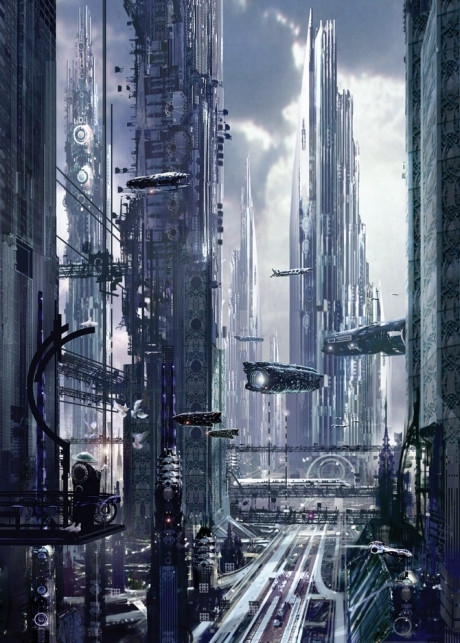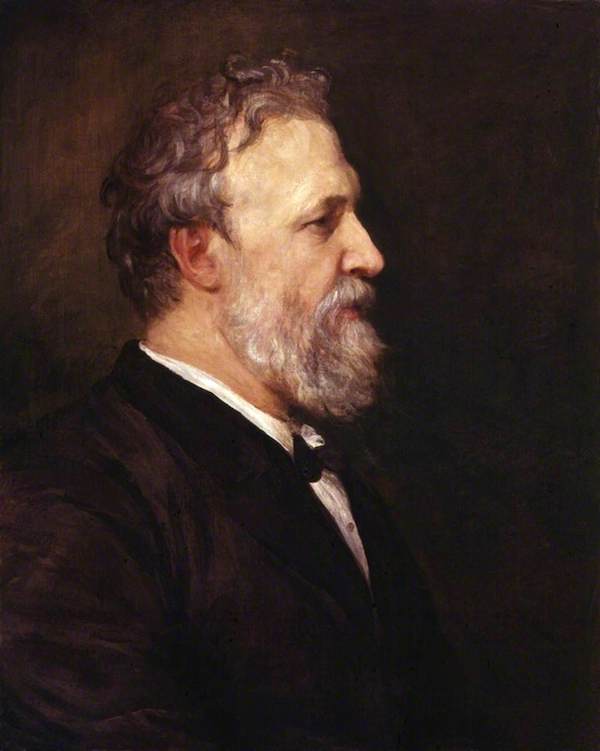The peak of his career seems to have been in the 1920s. He depicted in representational style, though there was some of the simplification fashionable at the time.
Images below are in approximate chronological order.
Self-Portrait - 1917
Painted during the Great War when Belgium was mostly occupied by Germany.
Portrait de femme - 1918
Another wartime painting.
Selence - 1919
Lady with a Parrot - 1923
Mannered, the setting harking to early paintings using one-point perspective.
Lady with a Red Scarf - 1923
Conventional.
In the Artist's Studio - 1928
Now we see a whiff of modernist simplification on the woman, but not the others.
Mary Louise McBride (Mrs Homer Saint-Gaudens) - 1929
Slight simplification here.
Water Carrier, Portugal - c.1943
The date was what was shown on the druot.com website. Not impossible, but I think it unlikely that an ordinary Belgian could easily travel from German-occupied Belgium to neutral Portugal during World War 2. 1930s seems more reasonable, but admittedly that's only a guess.
Woman Reading
No date for this. Perhaps 1930s, maybe post-war.






%20-%201929.jpg)










.jpg)































